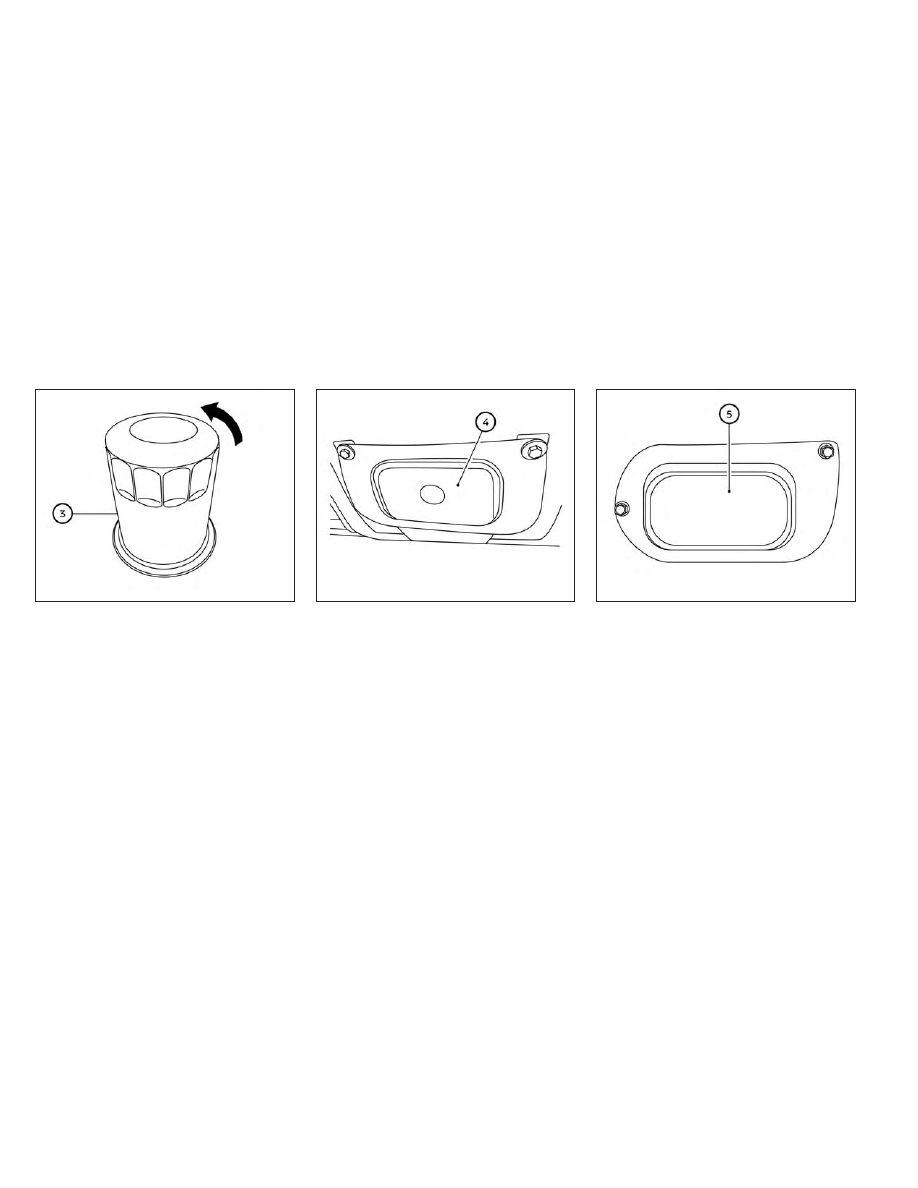Nissan Frontier (2022 year). Manual in english - page 27

LDI3624
O
3
Oil filter
LDI3368
O
4
Oil filter access cover (Type A)
(if so equipped)
LDI3625
O
5
Oil filter access cover (Type B)
(if so equipped)
8-8
Do-it-yourself
|
|
|

LDI3624 O 3 Oil filter LDI3368 O 4 Oil filter access cover (Type A) (if so equipped) LDI3625 O 5 Oil filter access cover (Type B) (if so equipped) 8-8 Do-it-yourself |